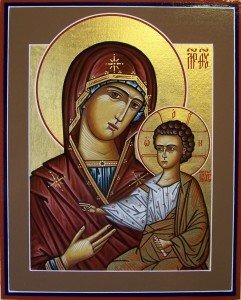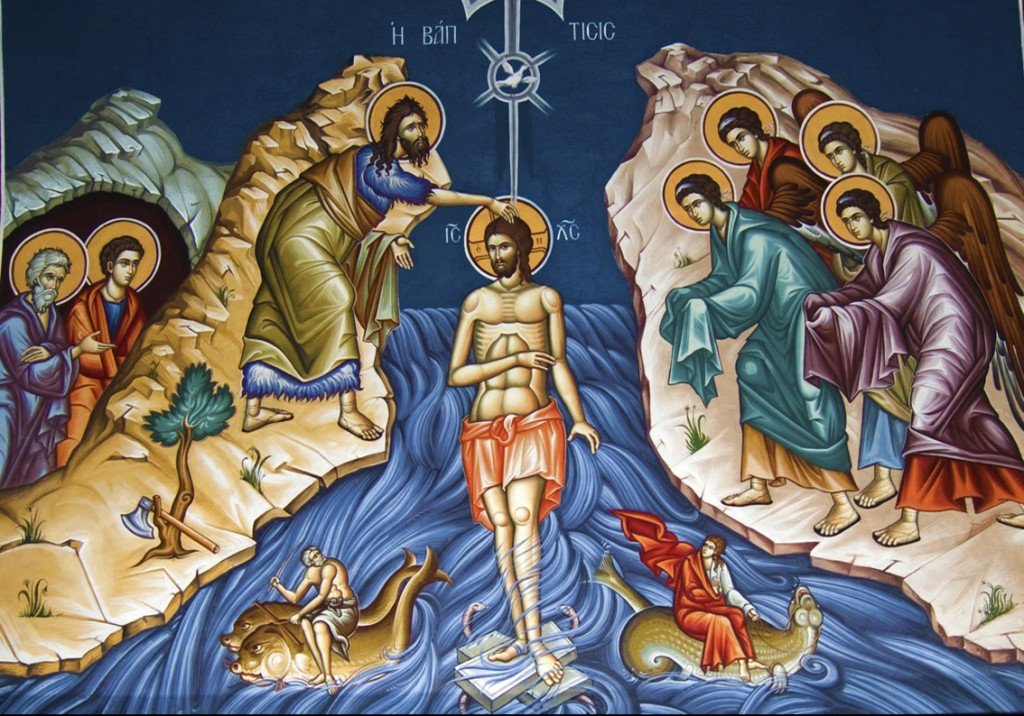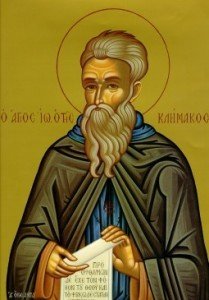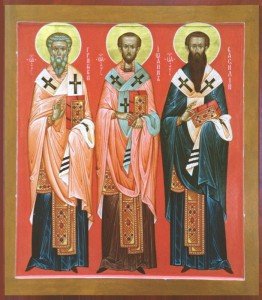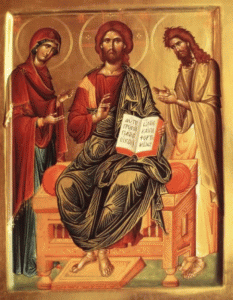 In the last issue, I shared with you that the true understanding of the Sacred Scriptures can only be understood within the context of our worship. Therefore, the proclamation and celebration of the Word must resolve into silence. This characteristically Eastern intuition is rooted in the apostolic witness and elaborated most fully in the interior pilgrimage charted by the spiritual tradition of the Philocalia, it is called “hesychasm.” Yet this pilgrimage is largely and mainly misunderstood and little appreciated even by Eastern Christians. At the heart of this “way that leads to silence” is the voluntary self-abasement known among the Fathers as “kenotic obedience.” In Christian existence it reflects the attitude of John the Baptizer before the mystery of the incarnate Word: “He must increase, but I must decrease.” This attitude of humble self-effacement, however, is itself the reflection of Christ’s own “kenosis,” the self-emptying obedient self-renunciation that He willingly assumes as the sacrificial Lamb of God. (Its not about you, its about God)
In the last issue, I shared with you that the true understanding of the Sacred Scriptures can only be understood within the context of our worship. Therefore, the proclamation and celebration of the Word must resolve into silence. This characteristically Eastern intuition is rooted in the apostolic witness and elaborated most fully in the interior pilgrimage charted by the spiritual tradition of the Philocalia, it is called “hesychasm.” Yet this pilgrimage is largely and mainly misunderstood and little appreciated even by Eastern Christians. At the heart of this “way that leads to silence” is the voluntary self-abasement known among the Fathers as “kenotic obedience.” In Christian existence it reflects the attitude of John the Baptizer before the mystery of the incarnate Word: “He must increase, but I must decrease.” This attitude of humble self-effacement, however, is itself the reflection of Christ’s own “kenosis,” the self-emptying obedient self-renunciation that He willingly assumes as the sacrificial Lamb of God. (Its not about you, its about God)
In more practical terms for us as followers of Christ, it means becoming humble and selfless individuals for the sake of becoming more like Jesus. The self-emptying (i.e., kenosis) required of us is the giving up of selfishness and false pride – giving up of the thought of thinking about ourselves before we think about others.
The Word of God Himself, the Paschal Lamb slain before the foundation of the world, is the true and ultimate Sacrament of our salvation. As such, He offers the most compelling and eloquent expression of His power, authority and love, by concluding His earthly ministry in silence: silence before His accusers, before Pilate, and before the Cross.
God reveals Himself by speaking out of silence. But for silence itself to become the matrix of revelation, it must assume its own objective reality. Far from being a mere absence of noise, or a momentary suppression of ambient sounds, silence is an attitude or state of both mind and heart (Think about what St. John Climacus said about prayer and silence). Like solitude, its purpose is essentially spiritual: it creates a sacred space within the life of a person, enabling one to sense an invisible presence and to hear inaudible speech. At the same time, silence permits the person to articulate thoughts, feelings and longings to which ordinary human speech can give no shape or expression.
Think about this!


